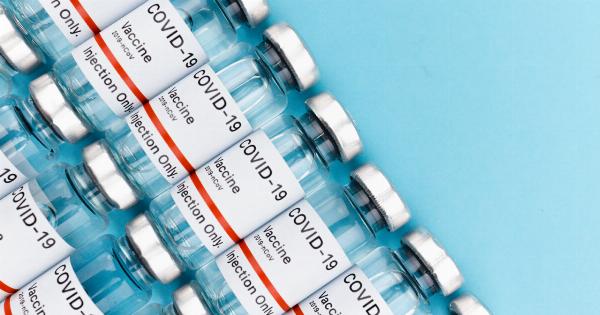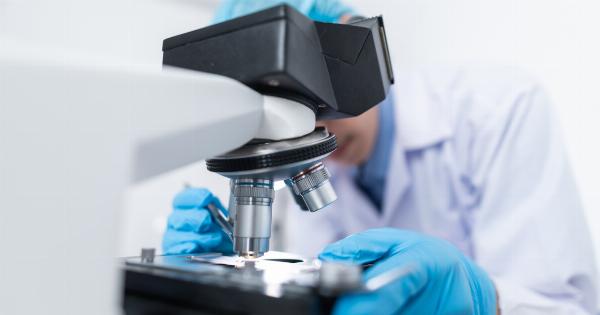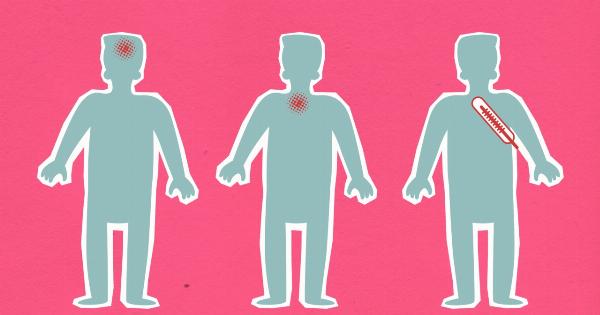The COVID-19 pandemic caused by the novel coronavirus (SARS-CoV-2) has affected millions of people worldwide.
Apart from the severe health implications, one of the widely reported symptoms of this viral infection has been the loss of smell, also known as anosmia. For many individuals, the loss of smell can significantly impact the quality of life, as it affects the ability to taste, enjoy food, detect danger such as gas leaks, and even diminishes the ability to relish pleasant aromas.
Understanding the Mechanism
Anosmia is not exclusive to COVID-19 and can be caused by various factors, such as allergies, sinusitis, and head trauma.
However, in the context of SARS-CoV-2, anosmia is believed to occur due to the virus’s affinity to the olfactory system, which includes the olfactory epithelium and nerve cells responsible for the sense of smell.
The virus gains entry to the body through ACE2 receptors, which are highly expressed in the upper respiratory tract, including the olfactory epithelium.
Once the virus enters the olfactory epithelial cells, it can cause inflammation and damage to the olfactory nerve cells, leading to the loss of smell.
Recovery and Treatment Options
The good news is that for most COVID-19 patients experiencing anosmia, the loss of smell is temporary and tends to improve within a few weeks to a few months. However, some individuals may experience prolonged or even permanent anosmia.
Smell Retraining
One of the commonly recommended approaches for individuals with post-viral anosmia, including those affected by COVID-19, is smell retraining.
This technique involves exposing oneself to pleasant and recognizable smells multiple times a day to stimulate the olfactory system and help restore the sense of smell.
Smell retraining typically involves using a set of essential oils with distinct aromas. The individual is instructed to smell each oil for a few seconds while focusing on associating the scent with its specific name or characteristic.
This repeated exposure to various odors helps the brain recalibrate and re-establish connections with the olfactory nerves, supporting the recovery of the sense of smell.
Medical Interventions
In cases where anosmia persists despite attempts at smell retraining, medical interventions may be considered. These interventions aim to address the underlying causes of the loss of smell and potentially restore olfactory function.
One potential option is the use of corticosteroids, either topically or through oral administration.
Corticosteroids have anti-inflammatory properties and may help reduce inflammation in the olfactory system, potentially promoting the recovery of smell.
Another promising approach under investigation is the use of intranasal drugs, such as the hormone thyroxine or the antibiotic rifampicin, to restore olfactory function.
Clinical trials are being conducted to determine the safety and efficacy of these interventions specifically for COVID-19-related anosmia.
Future Therapeutic Avenues
Researchers are actively exploring other potential therapeutic avenues to reverse the loss of smell caused by COVID-19. One such area of investigation is the use of stem cells.
Stem cell-based therapies have shown promise in regenerating damaged tissues, including the olfactory epithelium. By implanting or stimulating the growth of stem cells in the olfactory system, it may be possible to restore the sense of smell in individuals affected by anosmia.
Additionally, researchers are studying the potential use of gene therapy to restore olfactory function.
By targeting specific genes associated with olfactory nerve regeneration and function, gene therapy may offer a targeted approach to reverse anosmia caused by COVID-19.
Prevention and Ongoing Research
In addition to addressing the loss of smell after COVID-19 infection, ongoing research focuses on prevention.
Understanding the mechanism of anosmia caused by SARS-CoV-2 can help in developing preventive strategies to protect the olfactory system during the infection. Researchers are investigating various factors, such as nasal rinses, nasal sprays, and antiviral drugs, to reduce the virus’s impact on the olfactory system and potentially prevent anosmia.
Moreover, it’s crucial to note that the information provided in this article is based on current knowledge and ongoing research into COVID-19-related anosmia.
As scientific understanding of the virus and its effects continues to evolve, it is important to stay updated on the latest guidelines and recommendations from healthcare professionals.
Conclusion
The loss of smell due to COVID-19, known as anosmia, can be a distressing symptom that significantly impacts an individual’s quality of life. However, in most cases, the sense of smell gradually recovers over time.
Smell retraining and medical interventions, such as corticosteroids and intranasal drugs, can aid in the recovery process. Exciting research in stem cell therapy and gene therapy offers potential avenues for restoring olfactory function in cases where anosmia persists.
In the ongoing fight against COVID-19, addressing the loss of smell is an important aspect of comprehensive care for affected individuals.



























